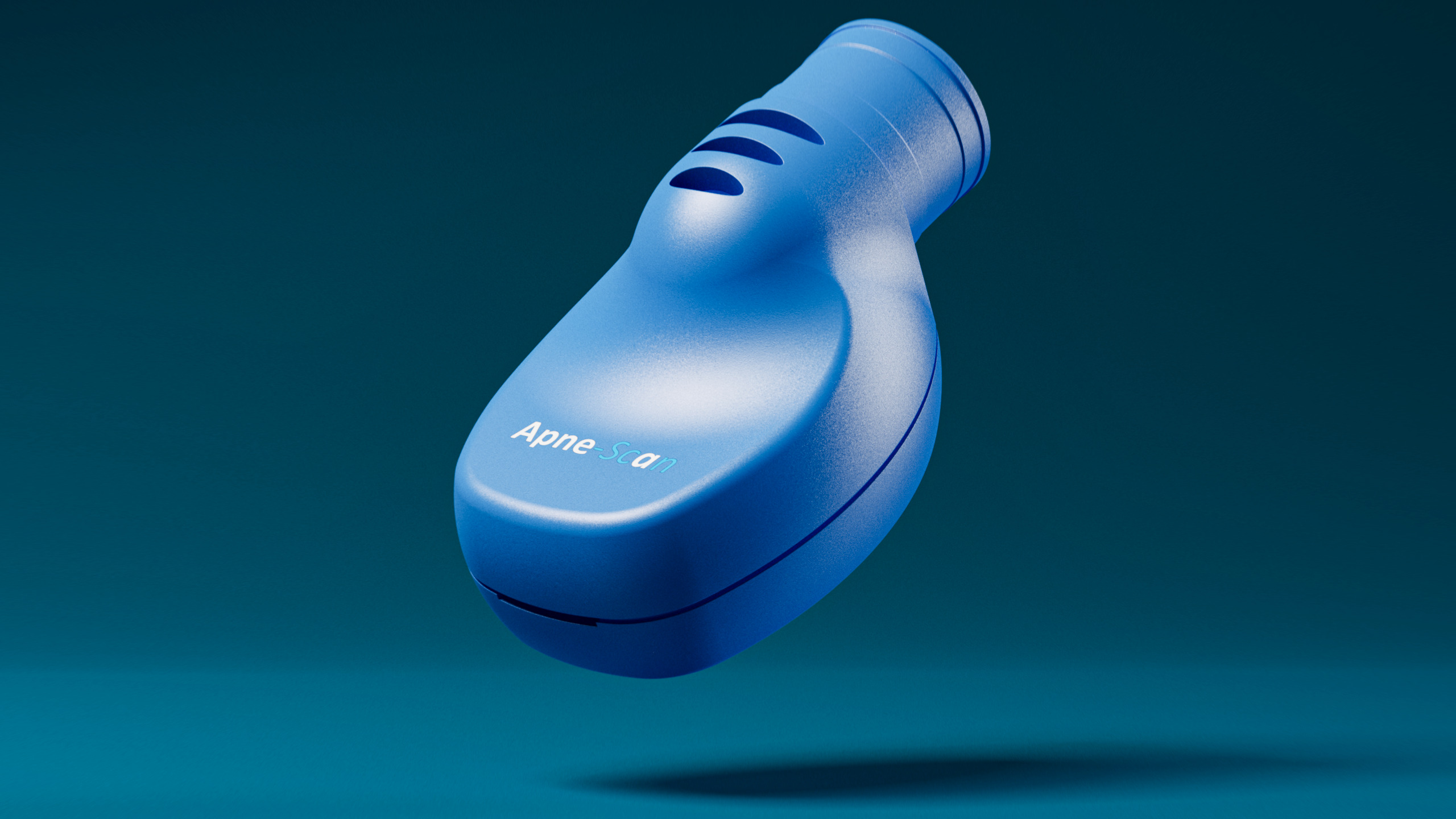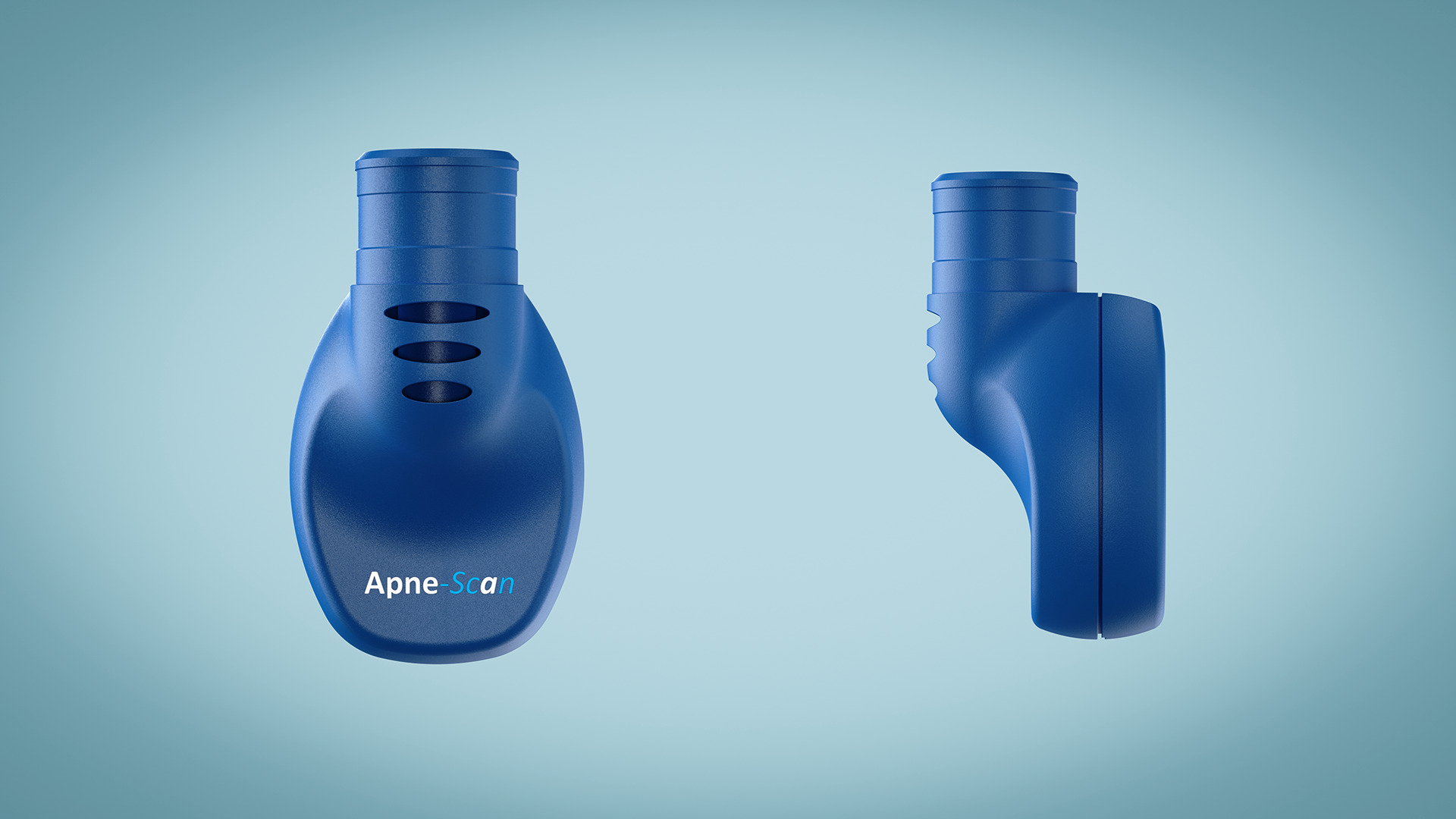Insights into successful medical device design
Table of Contents

Exploring the area of designing medical devices is quite an undertaking. It’s crucial that the final product not only just meets safety and reliability standards but also aligns with current market trends and seamlessly integrates into the everyday lives of users. Through the years collaborating with my colleagues at Bluefrog Design we have uncovered various strategies to thrive in this pursuit. One key approach we prioritise is infusing our designs with a human touch.
As consultants in medical device design we navigate through an industry where there is no room for error as safety is paramount in this field. While we are tasked with creating devices that meet safety and business requirements we also strive to push boundaries. Our goal is to embed connections within our products to create experiences that deeply resonate with users on a level.
At the core of our mission it’s the end user who plays the main role. The range of people depending on devices is vast and diverse each with their unique needs and expectations. Often they are given a device without a choice one that quickly becomes a part of their daily routine. The real magic happens when a device is carefully designed to integrate into someone’s life. This fosters a connection between the user and the device leading to increased usage and better health outcomes.
At Bluefrog Design our goal is clear; we aim to create products that perform. We strive to craft experiences that’re not only just functional but also exciting and bring joy to users. Our focus is on designing devices that go beyond meeting expectations to igniting a spark of innovation.
1. Prioritise simplicity, in design
Emphasising simplicity is crucial and creating a user experience is key. It can be tempting to add features to please everyone. Remember, simplicity is often better. If a new feature isn’t essential it’s best to skip it. While extras can provide customisation options they may overwhelm users with many choices. A straightforward product, without bells and whistles can lead to a smoother and more enjoyable user journey.
2. Pay attention to the fine points
Paying attention to the details is crucial in our line of work where safety is paramount. Every decision, no matter how small, can influence user behaviour. Therefore we must carefully consider every detail to ensure perfection. Selecting the colours, finishes and materials is essential for success. When the visual cues are on point and they look good; they stir up the emotions, boost confidence, encourage best practices and ensure that the device is used correctly.
3. Connect with the individuals who utilise your products
I cannot stress enough how crucial it is to establish those connections. Users often have hesitations about using particular medical products. They may anticipate the treatment as invasive, uncomfortable or complicated to handle. Previous negative encounters or the possibility of a treatment can be quite intimidating. These issues, coupled with treatments that do not yield health benefits can result in a decrease in compliance.
4. Create enduring designs for devices
It’s a known fact that medical products do not become successful over night; they require significant time to launch and then persist for the long run. Following the design trends just doesn’t work in this field. Our goal is to craft designs with timeless appeal that pass trends. Each project is an opportunity for innovation, a platform to develop a successful medical device. By crafting designs that have a timeless appeal and strike a chord we guarantee that our work stands the test of time.
Enhancing this strategy involves incorporating elements. Choices, like components—such as caps, grips or even graphics—bring a layer of flexibility. Integrating design features that allow for improvements can maintain the devices modern look and feel. An added bonus? These replaceable parts can help differentiate between drug brands on the device platform supporting brand uniqueness and expansion.
5. Consider sustainability
The demand for sustainability is stronger than ever resonating throughout our industry and prompting us to tackle issues like the use of plastics and excessive packaging. To truly make a difference I believe we must take steps in our approach.
Concluding Thoughts
In the area of medical design development our role, as innovators is to push creative boundaries ensuring we provide exceptional experiences to those utilising our products. Success isn’t attributed to an element. Rather stems from a holistic approach that effectively juggles and meets the diverse needs of various stakeholders.
Once you have all the basics, in place it’s time to aim higher and focus on creating experiences that resonate emotionally – crafting experiences that keep users coming back time and time again.
If you would like to see more on our services
If you would like to hear more on how we can improve the quality of your products or help with your product development, please contact Bluefrog Design at mail@bluefrogdesign.co.uk
FAQ’s about Creating Successful Medical Devices
What makes a good medical device?
A quality medical device is designed with user friendliness in mind ensuring safety and reliability. It caters to the requirements of patients and healthcare providers seamlessly integrating into healthcare practices while prioritising durability and sustainability. Moreover it should adhere to standards.
What is the success rate of medical device development?
The success rate of bringing a device to market can vary significantly. Studies suggest that only a small percentage, around 2% to 5% of envisioned devices successfully make it to market after overcoming development stages, regulatory hurdles and market acceptance challenges.
How do you design and develop a medical device?
The process of designing and developing a device begins with identifying needs, proposing solutions and progressing through design iterations, prototyping testing phases while incorporating user input. Ensuring compliance with regulations and standards is vital before seeking approvals prior to manufacturing and launching the product, in the marketplace.
Ready to get started on a project?
Socials





One Comment